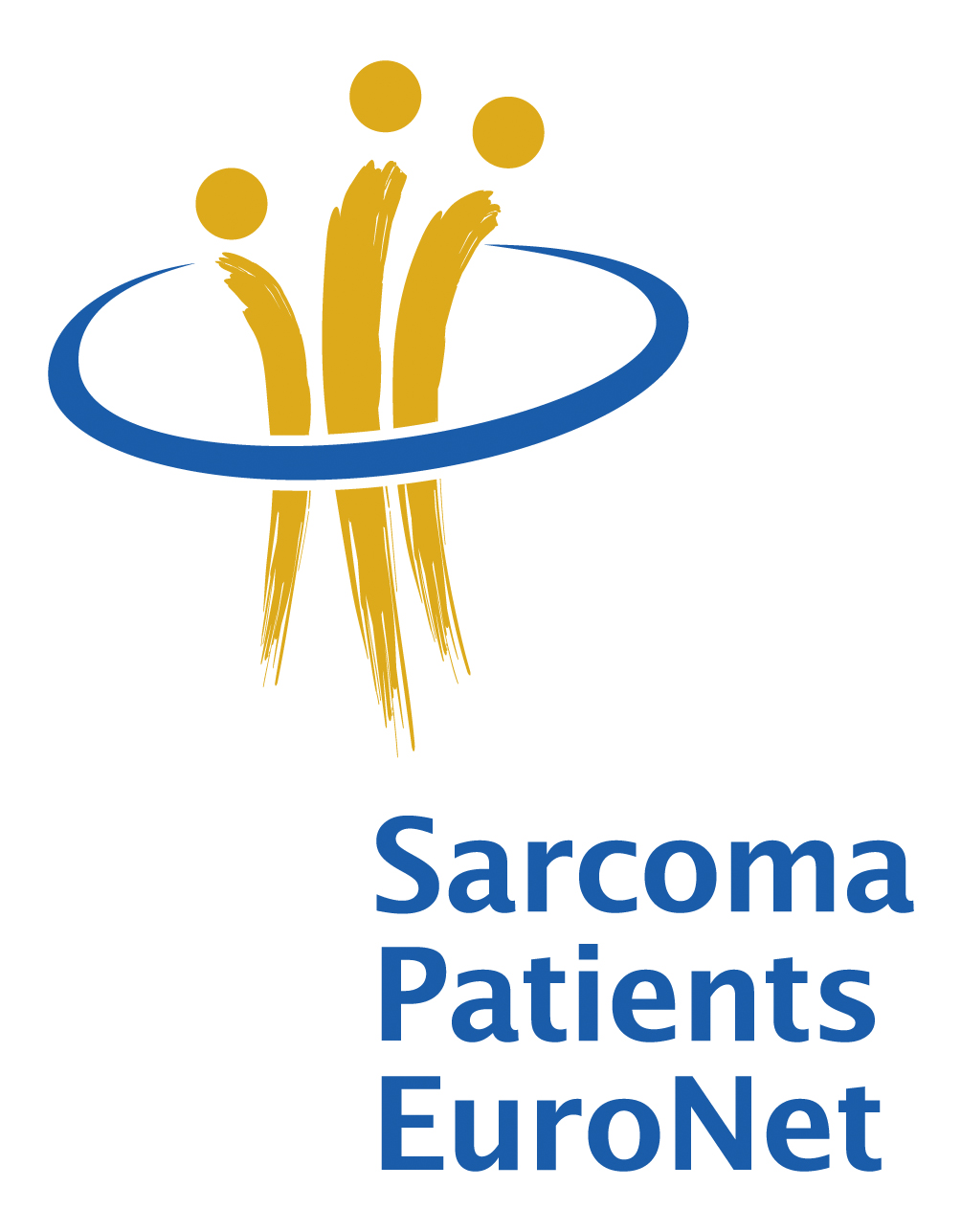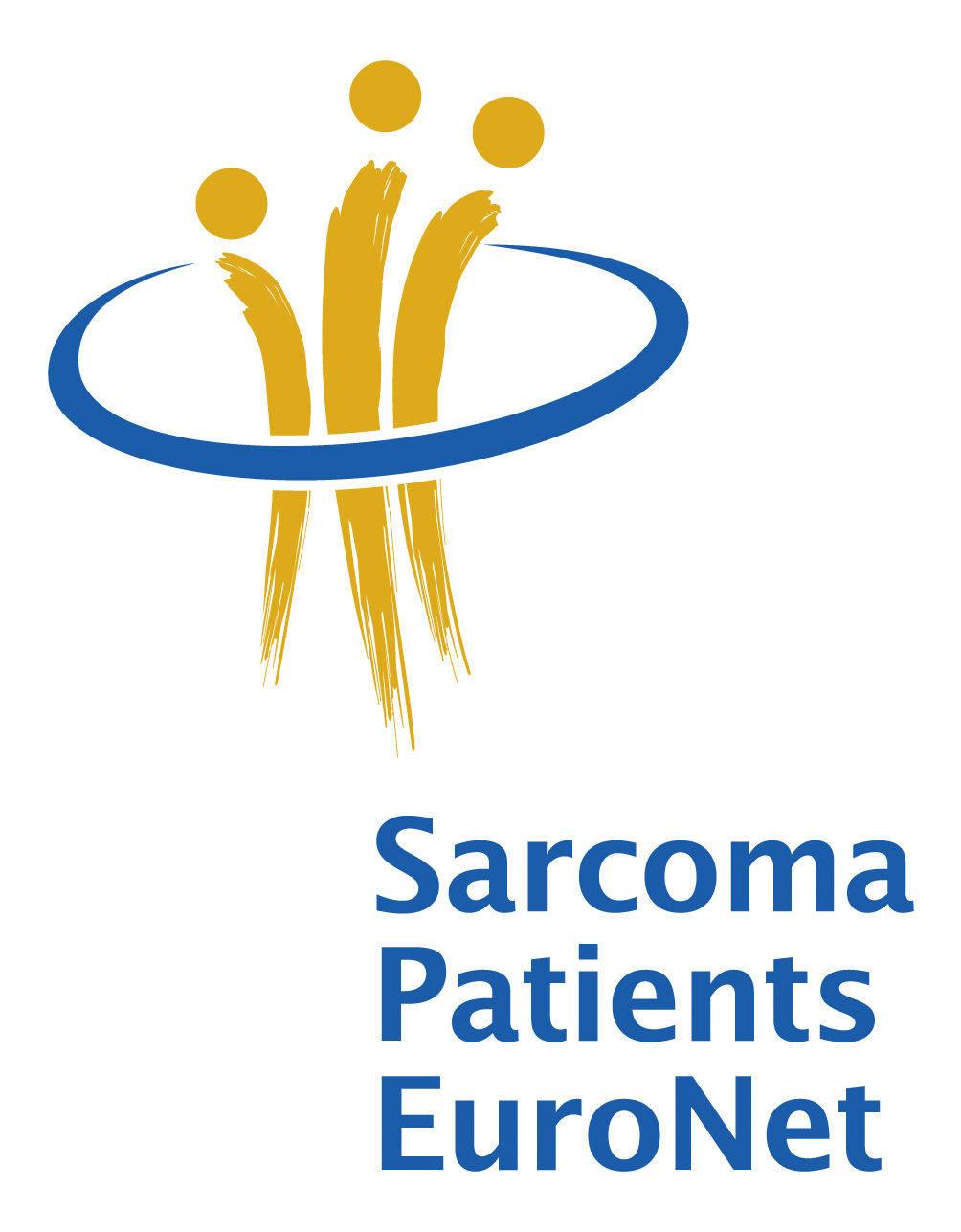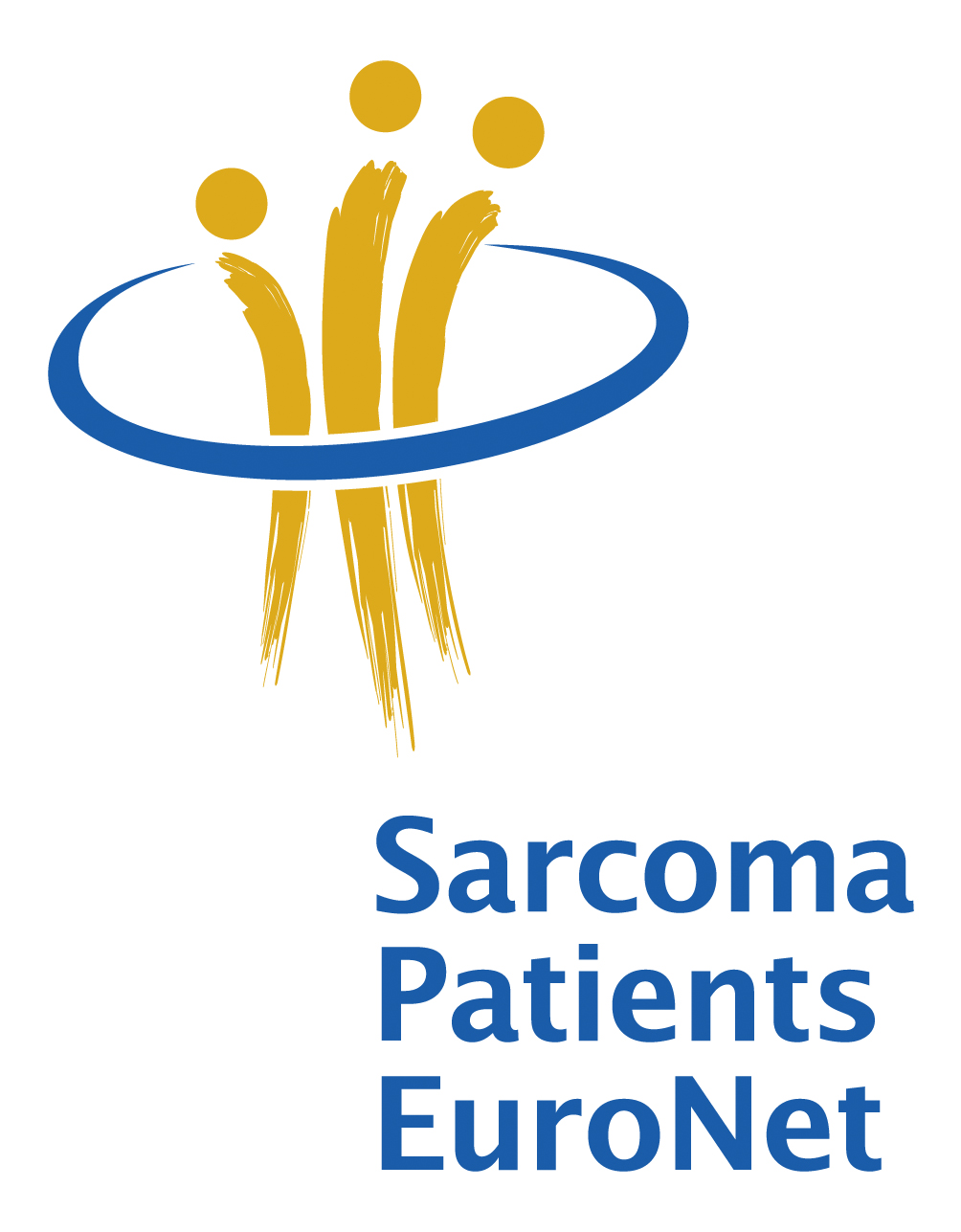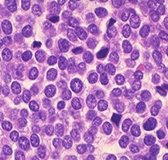Introduction |
Ewing sarcoma is a disease that affects children, adolescents and young adults. Boys and men are affected a little more often than girls and women (1,5:1). Ewing sarcoma can basically occur anywhere in the body: 85% start in the bone, 15% in soft tissue. However, Ewing sarcomas initially develop most frequently in the pelvis, followed by the thigh bones and bones of the lower leg. Ewing sarcoma of the soft tissue is more likely in adults above the age of 30. It is not known why Ewing sarcomas develop. It does not run in families, nor does it seem to relate to exposure to radiation, chemicals, or other environmental factors. However, specific gene modifications and translocations have been identified that seem to be responsible for the development of Ewing sarcomas. |
Signs and symptoms |
The most common signs of Ewing sarcoma are pain and swelling at the location of the tumour. The pain is often localized in or near the bone. It may come and go, sometimes more, sometimes less intensive. When the tumour is located near the skin, a swelling or lump can occur that feels warm and soft to touch. Additionally, stiffness or tenderness of the bone or surrounding tissue is possible as well. Less common are typical cancer symptoms like weight loss, tiredness, and fever that does not go away. Such symptoms as well as loss of appetite or breathlessness are more often seen in advanced disease. |
Diagnosis |
When a sarcoma is suspected, the first step is the evaluation of the patient’s medical history and a thorough clinical examination. However, when a lump is present, imaging tests are important for diagnosis and so-called staging. Several diagnostic methods will be applied:
Biopsy is necessary to establish the definitive diagnosis of Ewing’s sarcoma. It should be done by sarcoma specialists to choose the right access path and to reduce the risk of complications. A bone marrow biopsy – the removal of bone marrow and a small piece of bone by inserting a hollow needle into the hipbone – is usually necessary as well. The samples of bone marrow and bone will be examined under a microscope to see if the cancer has spread. Specific in Ewing sarcoma: The EWSR1-FLI1 fusion gene While a lot of cancer types in adults show a sometimes huge number of mutations, most cancer types in children and/or young adults, including the Ewing sarcoma, only exhibit a small number of mutations. The tumours of the Ewing sarcoma family are characterized by a mutation in the EWSR1 gene which partners with a number of other genes. In over 90% the so-called EWSR1-FLI1 fusion gene can be detected. However, the course of the disease and response to treatment vary hugely. Researchers are working on further understanding the biology of these tumours in order to be able to develop targeted and/or personalized therapies. |
Treatment |
The treatment of Ewing sarcoma should be performed in a sarcoma centre. In most countries clinical trials are available for patients with Ewing sarcoma. These trials offer a treatment that is adapted to the disease stage, but also other factors as response to systemic treatment and the size of the tumour. A multi-disciplinary team of (paediatric) oncologists, radiologists, surgeons, paediatricians, pathologists etc. reviews the patient’s history, all available imaging, and the results from biopsy. They discuss treatment options and come up with a treatment plan which usually includes surgery and/or radiotherapy for local control and chemotherapy consisting of multiple drugs as systemic treatment. Chemotherapy is often applied before surgery or radiation (neo-adjuvant treatment), in order to shrink the tumour and to kill any tumour cells that may have spread to other parts of the body. It is also often applied after surgery to prevent the tumour from coming back again (adjuvant treatment). Surgery is usually done to remove the cancer that is left after chemotherapy or radiation therapy. Doctors remove the whole tumour if possible and might replace removed bone or tissue with a graft (tissue or bone taken from another part of the body or from a donor) or sometimes an implant. Radiation will be applied when the tumour cannot be removed by surgery or when an operation would affect important body functions. It can also be used to treat tumour remains after surgery or metastasis. It aims at lowering the risk that the cancer will come back. Most Ewing patients undergo several steps of treatment: Chemotherapy to shrink the tumour, surgery to remove the tumour, radiation therapy to kill any remaining cancer cells or to treat metastasis and another series of chemotherapy to kill any cancer cells that might have spread in the body. |
Follow-Up |
If all demonstrable disease is removed, then there will be follow up examinations in order to detect if the tumour comes back (recurrence) as early as possible. The frequency as well as the type of tests patients need to undergo during follow-up depend on several factors, including the type and stage of cancer originally diagnosed and the types of treatment given. Tests might include blood or imaging tests. Late effects Some problems from cancer treatments such as chemotherapy and radiotherapy may show up months or even years after finishing treatment. They are called late effects and can occur almost anywhere in the body. They might include heart or lung problems, secondary cancers, but also anxiety, depression, and learning difficulties. In children, problems with sexual development or fertility, delayed growth or development might occur. Patients treated for Ewing sarcoma have a higher risk of developing those kinds of late effects compared to the general population and therefore need to be followed for a long time. |
Research |
New treatments for Ewing sarcomas are currently being tested in clinical trials. These include new targeted therapies including monoclonal antibodies, immunotherapy or other new drugs. |
Very special thanks to Professor Dr. Uta Dirksen, Essen, Germany for medical proofreading!
Do you want to know more about what is going on in Ewing sarcoma research in Europe? Please take a look at the Euro Ewing Consortium, an EU-funded project dedicated to find better treatments in Ewing sarcoma: www.euroewing.eu. More info about the project can be found here.
Picture: Prof. Dr. Uta Dirksen, Essen, Germany






